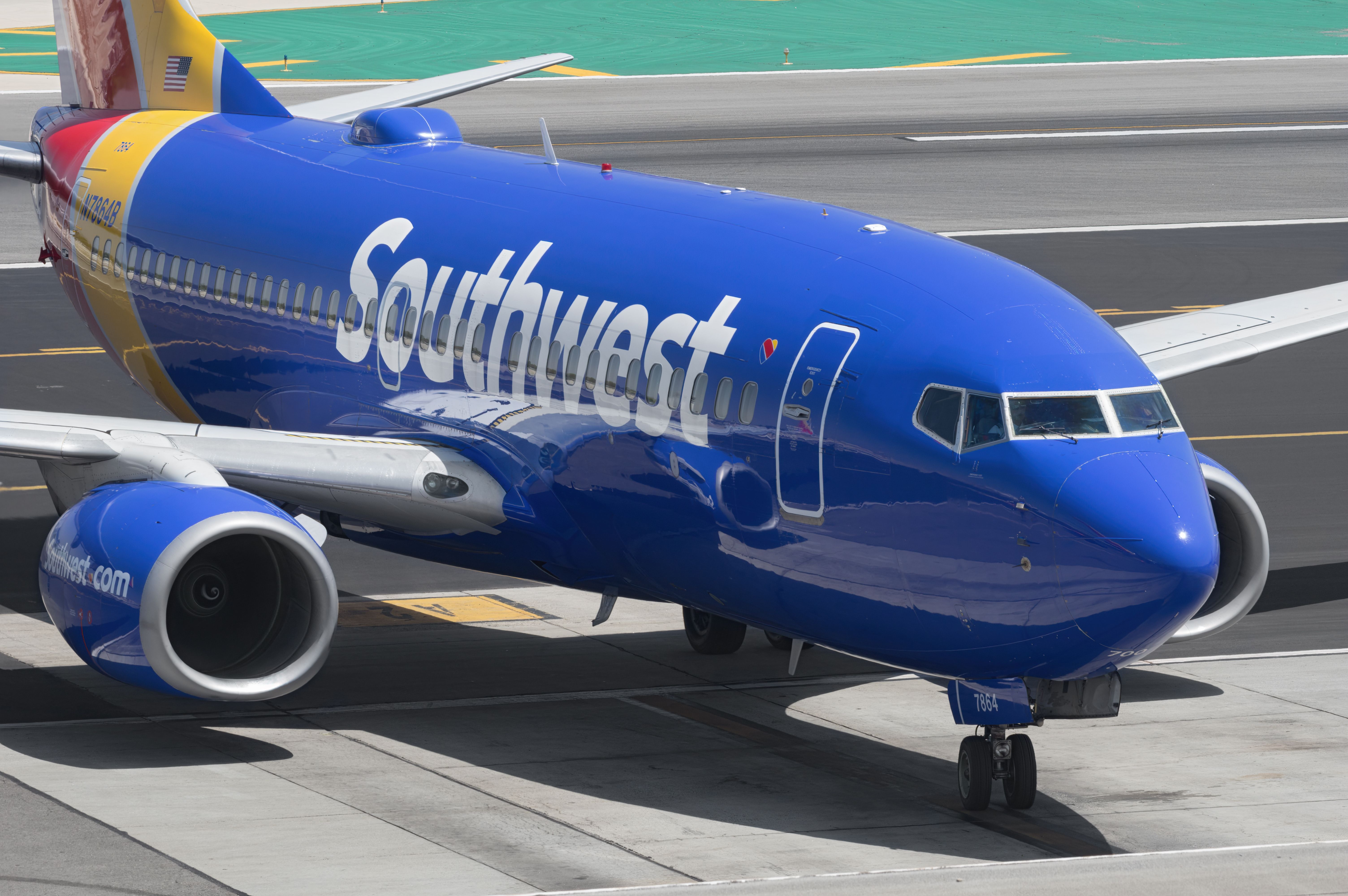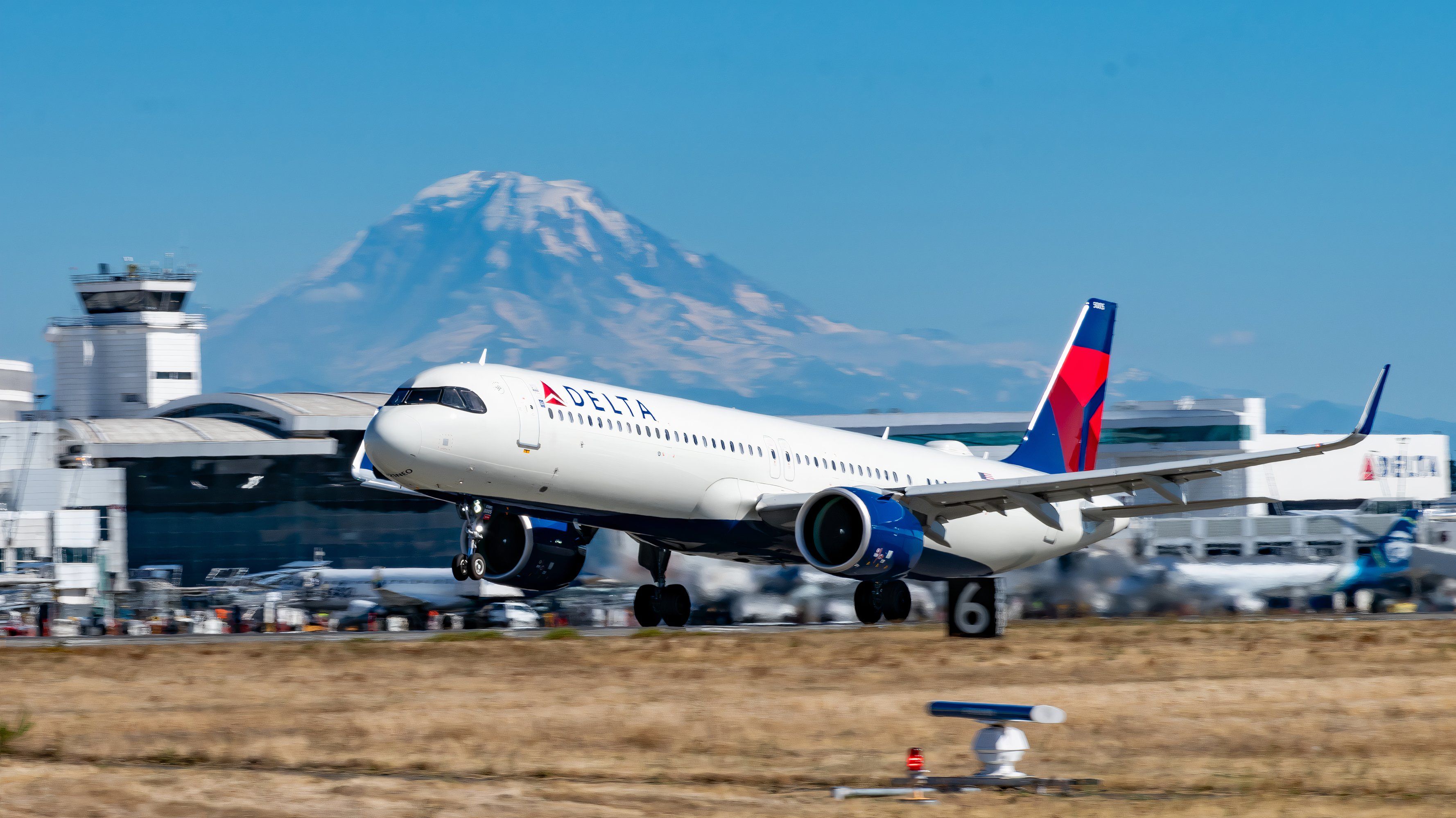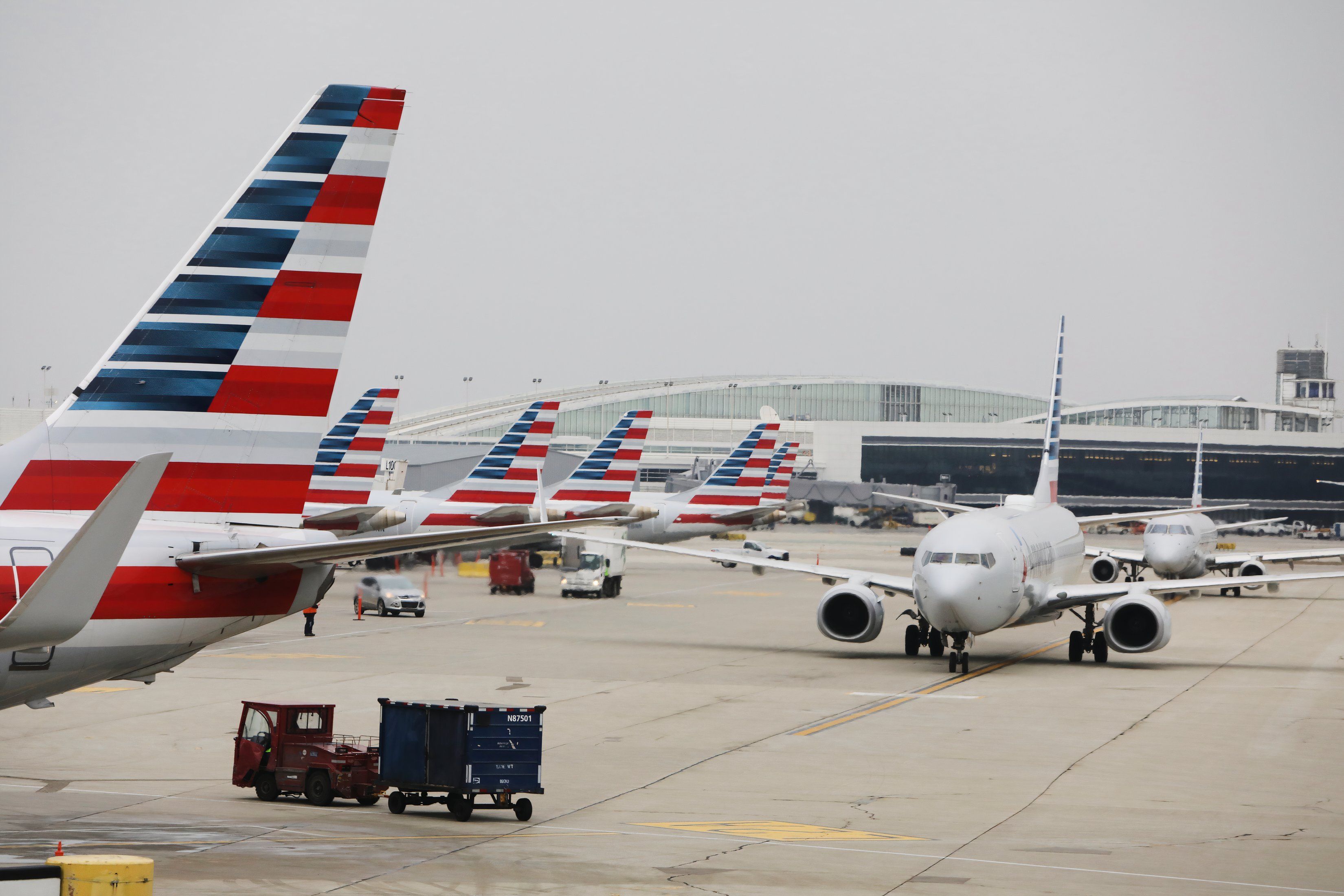Summary
- The TSA has warned against carrying fireworks and replica guns inside aircraft, especially during the busy July 4 travel period.
- The TSA has expected record-breaking travel between July 3 and July 8.
- Interestingly, while there are fewer weekly domestic flights in July 2024 than in July 2019, during the former month, airlines have scheduled more weekly seats and weekly available seat kilometers (ASK).
The United States Transport Security Administration (TSA) has reminded passengers ahead of travel for the July 4 holidays that dangerous goods, including fireworks and replica guns, are not allowed in carry-on luggage or in checked baggage pieces, with the adminstration preparing for a very busy travel period.
Fireworks don’t fly
In several tweets on X, formerly known as Twitter, TSA Pacific, the official news channel of the Administration responsible for the West and Rocky Mountain regions, shared several prohibited items that passengers had attempted to carry with them, including fireworks and a replica gun.
“Nothing fake about rules for traveling with realistic replica firearms. They are never allowed in carry-on luggage or through the security checkpoint.”
“Friendly reminder that fireworks of any type don’t fly! They cannot be transported in carry-on or checked luggage. [TSA] officers will be on the lookout for these during the Fourth of July travel period to make sure they don’t make it onboard an aircraft.”
Photo: Angel DiBilio | Shutterstock
According to the TSA, passengers may only transport ammunition and unloaded firearms in a locked, hard-sided container as checked baggage. Ammunition and firearms, no matter whether they are loaded or unloaded, cannot be brought inside a carry-on bag. This includes replica guns, which also must be transported in checked baggage only.
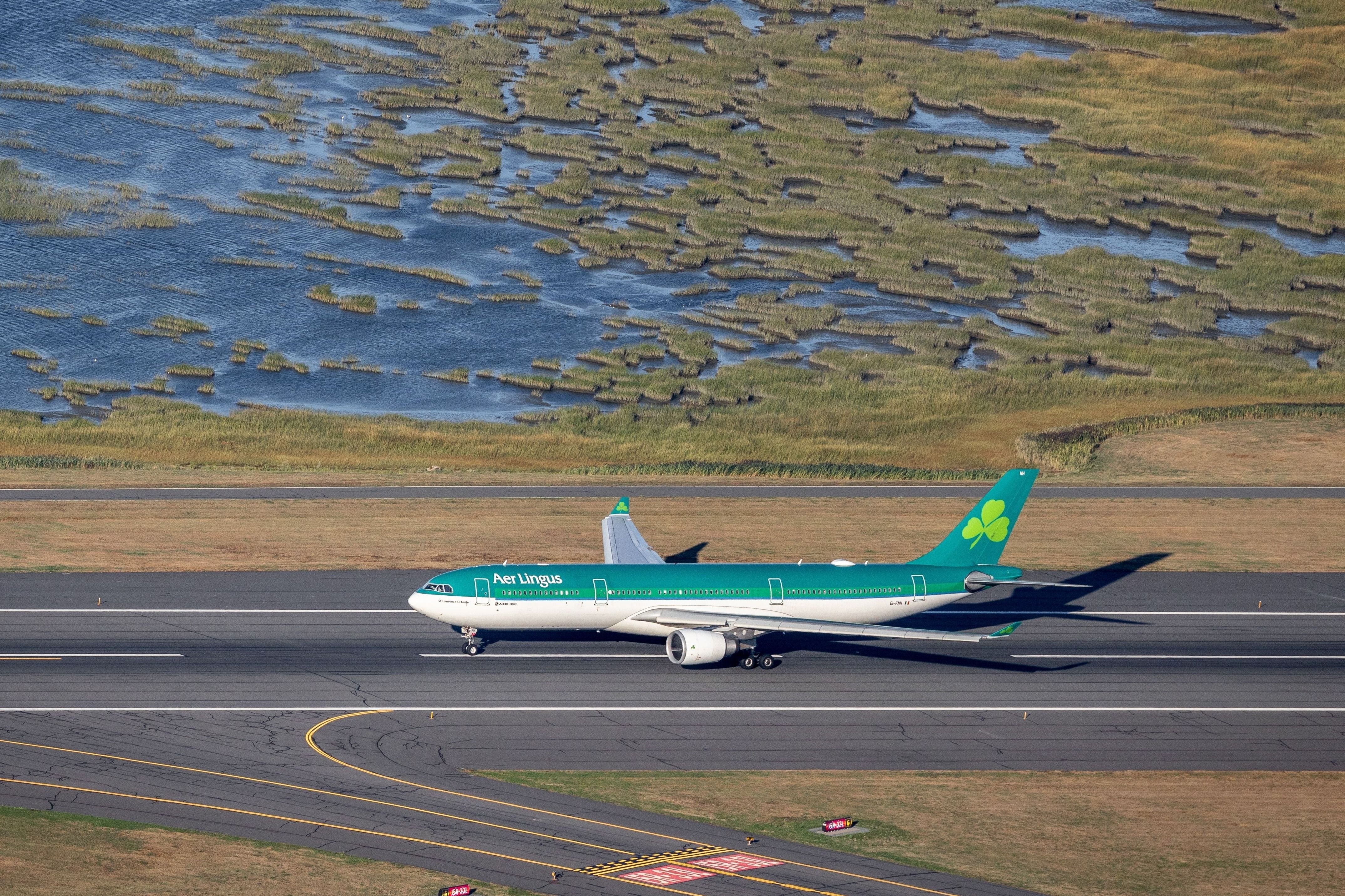
Related
Four New Airlines Join The TSA PreCheck Program
Passengers on Aer Lingus, Air New Zealand, Ethiopian Airlines, and Saudia can now use the trusted traveler program, which is nearing 100 airlines.
Record-breaking travel
Across multiple statements, the TSA had emphasized that the July 4 travel period would be the busiest ever. For example, on July 2, TSA at Frederick Douglass Greater Rochester International Airport (ROC) said that it was preparing for high passenger volumes throughout the whole summer, especially during the July 4 travel period.
Photo: Joe Kunzler | Simple Flying
According to Bart Johnson, the Federal Security director for 13 airports in Upstate New York for the TSA, checkpoint volumes have spiked at ROC, with travel volumes out of the airport, as well as other Upstate New York locations, expected to be high during the holiday travel period.
“Our teams have been in close coordination with airport, airline and travel partners, and we are more than ready to handle this summer’s increased travel volumes ahead of the July 4th holiday.”
Meanwhile, on July 1, the TSA disclosed that in the US, it expected to screen more than 16.2 million people between July 3 and July 8, a 5.5% increase over the same period in 2023. The peak day should be July 7, when more than 3 million travelers should cross TSA checkpoints at 434 airports in the US.
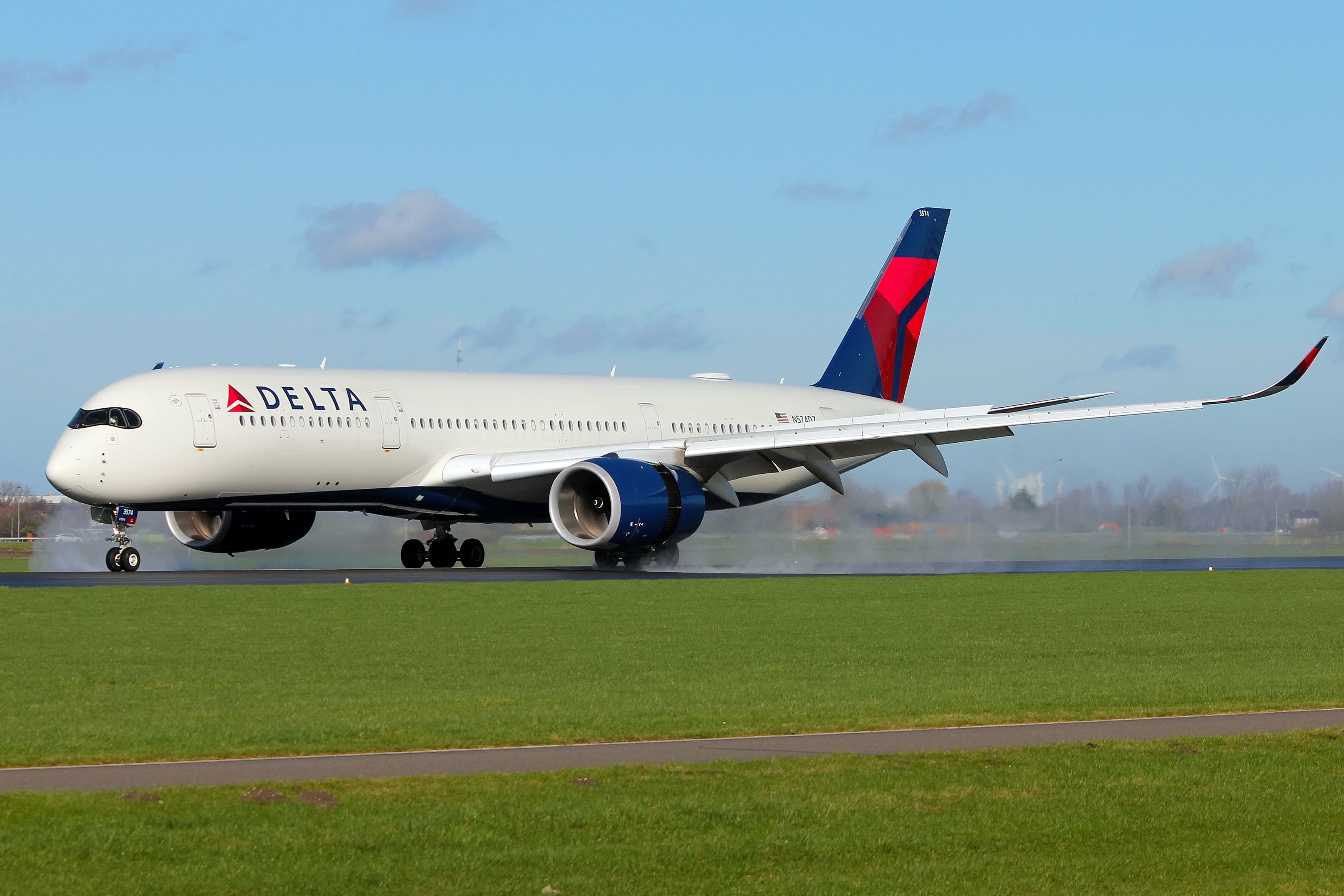
Related
TSA Sets New Record With Nearly 3 Million Security Checks In A Single Day
Passenger figures from the Memorial Day weekend indicate a busy summer to come.
Compared to pre-pandemic levels
How does this compare to the travel levels prior to the pandemic? According to data from the aviation analytics company Cirium, US airlines have scheduled 166,597 weekly domestic departures in July 2024, compared to 177,662 weekly domestic departures in July 2019, a 6.2% reduction.
Photo: American Airlines
At the same time, while weekly flights are down, weekly seats and weekly available seat kilometers (ASK) on US domestic routes have risen by 6.8% and 8.6%, respectively, with airlines scheduling more than 21.9 million weekly seats in July. In comparison, carriers had scheduled 20.5 million weekly seats in July 2019.
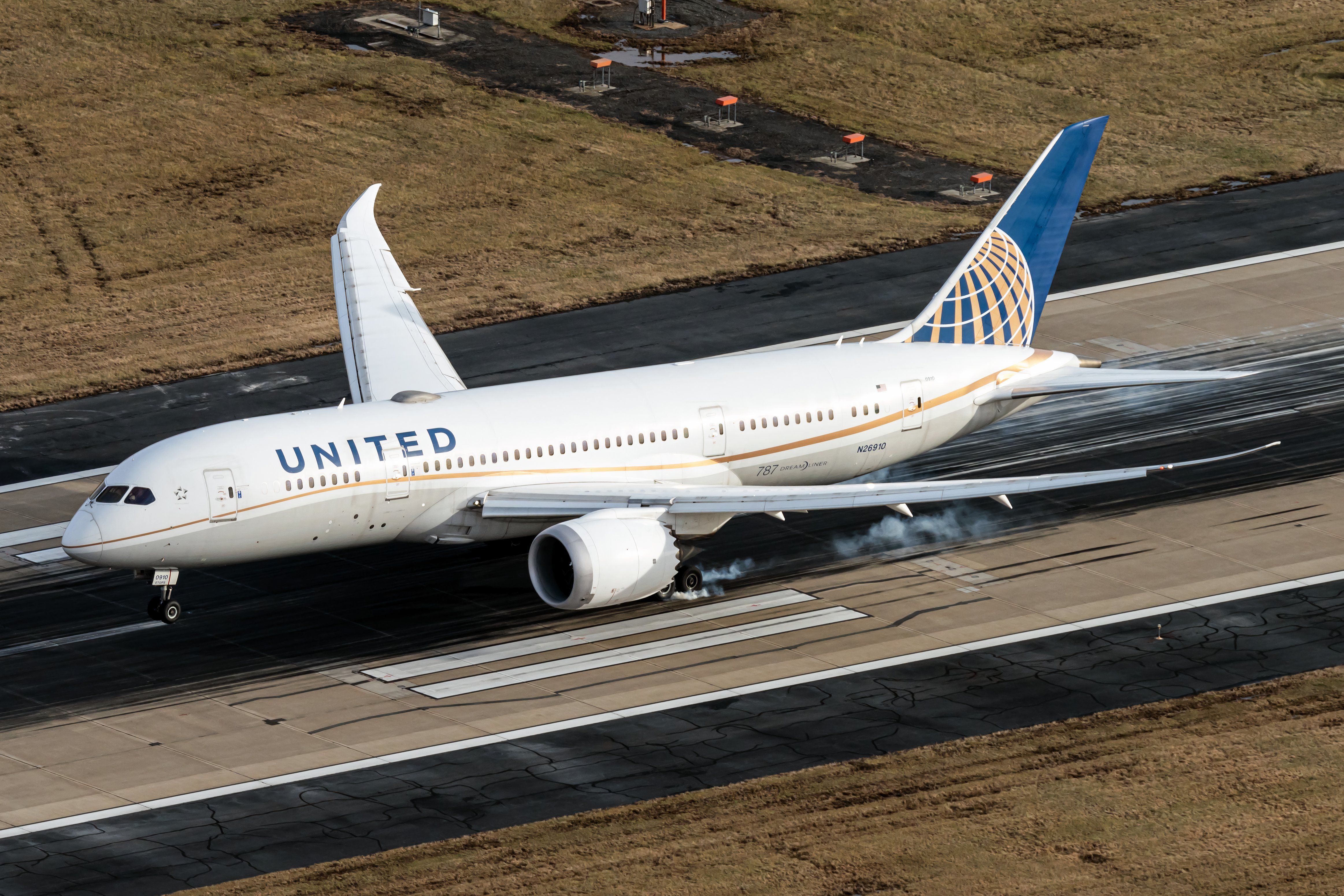
Related
US Domestic And Transatlantic Flights See 6% And 7.8% Rise In Scheduled Seats For July 2024
From the 13 US carriers analysed, 11 saw capacity growth when compared to July 2023.


